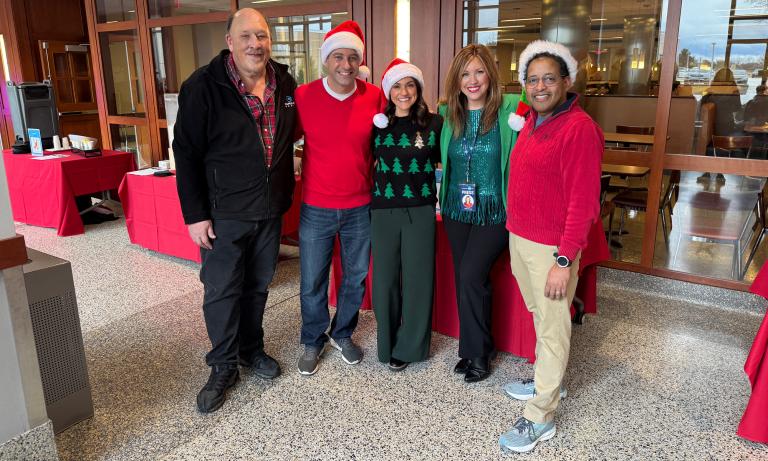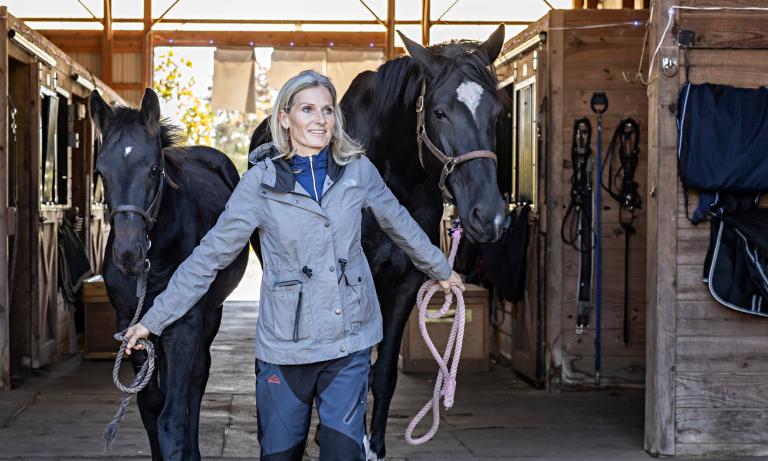Sophia and Noah top the list, with other popular names aligning with nationwide trends and names familiar to Eagles and Phillies fans.
December 15, 2025
News
Monthly LVHN Events and Happenings
December 24, 2025
Helping Moms Prioritize Their Health With On-Site Childcare Service
December 23, 2025
Important Update for UnitedHealthcare Members
December 15, 2025























